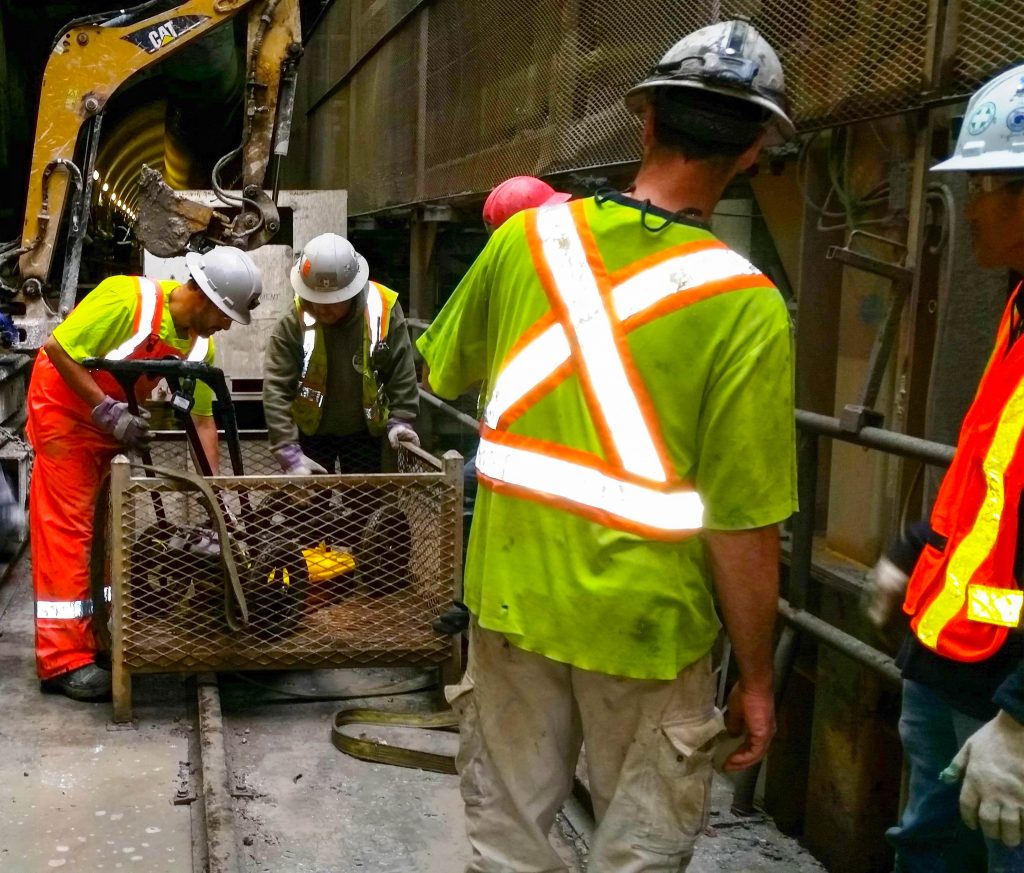
Using Ground Penetrating Radar Provides a More Accurate Picture
Ground Penetrating Radar: With today’s focus on safe construction practices, that include call before you dig and call before you clear, utility locating has become an essential first step for everything from the planning design of large construction projects to identifying a sewer pipe location prior to excavation. One limitation with utility locating is that industry standard electromagnetic (EM) tools function by creating and detecting electrical currents that flow on conductive utilities such as metal conduits, sheaths or wires running along buried utilities. Unfortunately, many buried utilities are not locatable through this method simply because they are not conductive, such as concrete, clay or plastic piping.
To address this challenge, construction practices commonly require tracer wires to be laid out with non-conductive utilities, but this is not always a fool-proof solution. Tracer wire location can migrate over time until it no longer follows the actual utility location, or it can become cut or corroded with age. Tracer wires can also be improperly installed or jointed during repair activities, resulting in a loss of signal during locating activities. GPR solves this challenge because it is able to detect the location and position of contrasting subsurface features. If a project site is believed to contain non-metallic buried utilities, or utilities where tracer wire is faulty, GPR can supplement EM techniques to provide a full and accurate picture of the subsurface landscape.

In Guelph Ontario, GPR was combined with EM to complete a geophysical survey and determine the presence of Underground Storage Tanks (UST) along with associated piping. As it is common at old tank sites to find abandoned, fully buried piping as well as non-conductive fibre glass pipes and tanks, GPR was used to detect assets in the project area where connection with an EM tool was not an option. By combining the two technologies, the position and depth of a UST was determined along with subsurface features showing a corresponding frame and metal gating. Utilities and piping within the project area were also located and mapped. Results of the GPR survey were presented as detailed compilation plan maps at different depth levels, in sectional views, and as colour contour maps.
Because of its ability to locate the “un-locatable”, GPR is also an asset on projects requiring Subsurface Utility Engineering (SUE): a complex engineering practice that combines multiple technologies and techniques to accurately map and designate buried utilities to assist with utility coordination and relocation at the design phase of a project. Governed by standard guideline CI-ASCE 38-02, SUE is comprised of four components known as “Quality Levels” that include records research and data reconciliation; observing above ground features that indicate buried utilities; using a range of geophysical equipment to locate buried plant; and performing test pits to confirm the depth and position of buried utilities. The data gleaned from this process is leveraged to identify potential conflicts which are then documented in a Utility Conflict Matrix and incorporated into the design and project planning.
SUE has also become an essential component of the design phase for large Rapid Transit projects across the country. As these projects are often built through highly congested areas, both above and below ground, one of the most complex challenges involves accurately locating existing utilities and discerning whether the utility can be accommodated or if it must be relocated. SUE closes this gap by providing a standardized process to verify utility records and gauge completeness.

For the Eglinton Crosstown Light Rail Transit (LRT), GPR was applied to map underground utilities and identify conflicts in order to assist with design services for bored tunnels, cut and cover structures, Emergency Exit Buildings, tunnel crossing passages, tunnel boring machine launch shafts and extraction shafts. The project was completed in two Phases: Phase 1 involved the physical delineation of storm and sanitary sewer systems, along with water valve surveying and Phase 2 involved designating and mapping locatable underground utilities across the LRT project area.
Learn more about Ground Penetrating Radar.